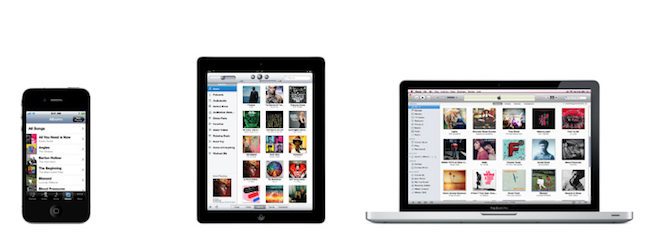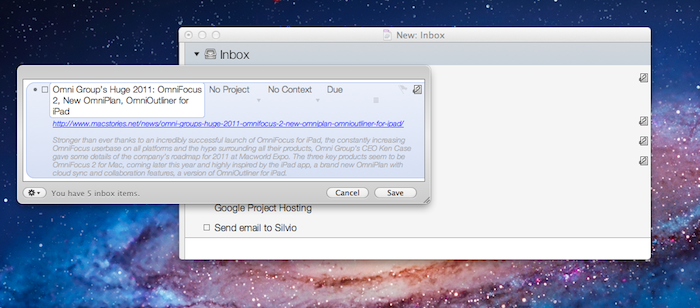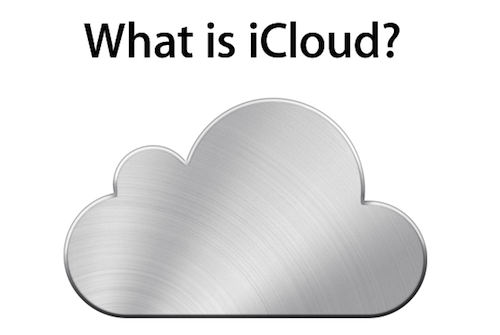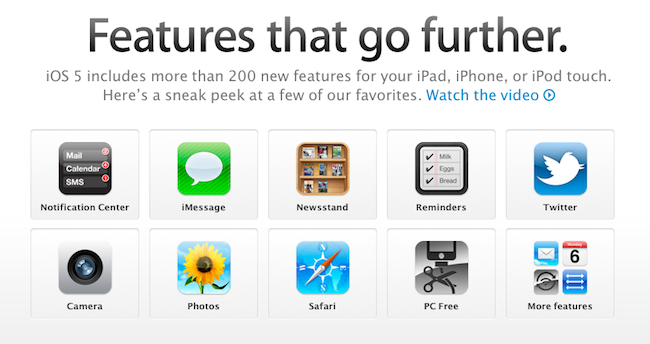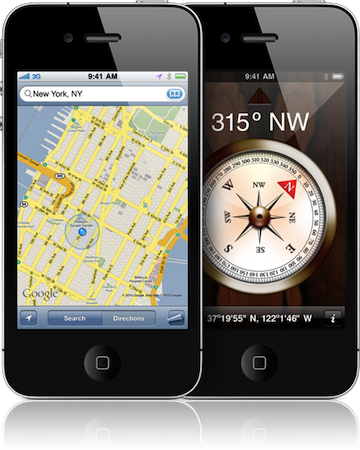Let’s face it, if you’re a Mac user who also happens to have an iPhone, iPad, or both, chances are you’ve been there before: with two devices in hand and a computer on your desk, how do you share stuff between them? What are the apps that enable you to share content across different devices, simultaneously and perhaps over the Internet as well?
In this post I’ve collected 10 iOS apps that are making my workflow more streamlined and connected on a daily basis, but before I delve deeper into the list I think I should define the “content” from this page’s title and the kind of “stuff” I want (and need) to share. With Lion approaching its final release in July and iCloud set to deliver a state-of-the-art OTA experience for users and developers alike, it seems like Apple has taken the necessary steps to free iOS devices from the need of a cable, building new features aimed at easing the process of sharing content between different machines and devices. Take Lion as an example: AirDrop, a new menu baked into the Finder, will allow Mac users to easily share files and documents with computers (and thus friends) nearby, over a WiFi network. Or, perhaps more importantly, the new iCloud APIs with instant push and cross-platform sync will enable developers to build better applications that take advantage of the cloud to keep their data synced and always up to date with the most recent changes. Whilst services and apps have been syncing content through their own backends for years, it’s the promise of a free iCloud infrastructure from Apple that’s convincing developers to ditch third-party solutions like Dropbox to rewrite their software with iCloud in mind. We’ll see the first result in September.
So what’s the content to share? What’s the stuff I find myself needing to share across devices every day? Links, photos, screenshots, PDFs, notes – you name it: as OS X and iOS become more intertwined on each software update, data needs to easily get out from one app to another. And in spite of an iCloud on the horizon, there hasn’t been a universal solution to share anything between a Mac and an iPhone.
In this article, I take a look at 10 iOS apps and services with some sort of Mac counterparts that have helped me over the past months in getting data out of my iPad and iPhone, and onto my MacBook Pro, iMac, and the cloud in general. Read more


